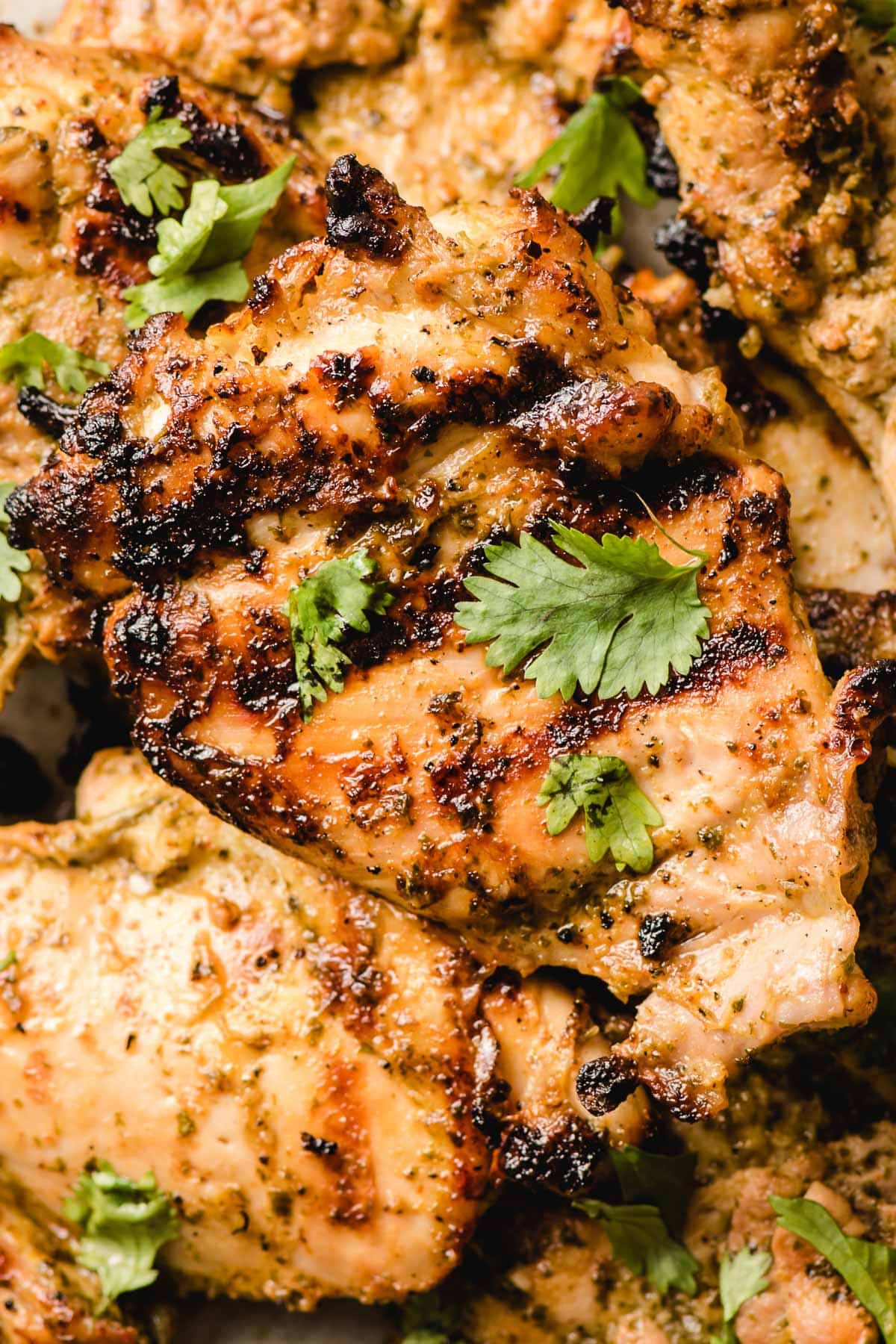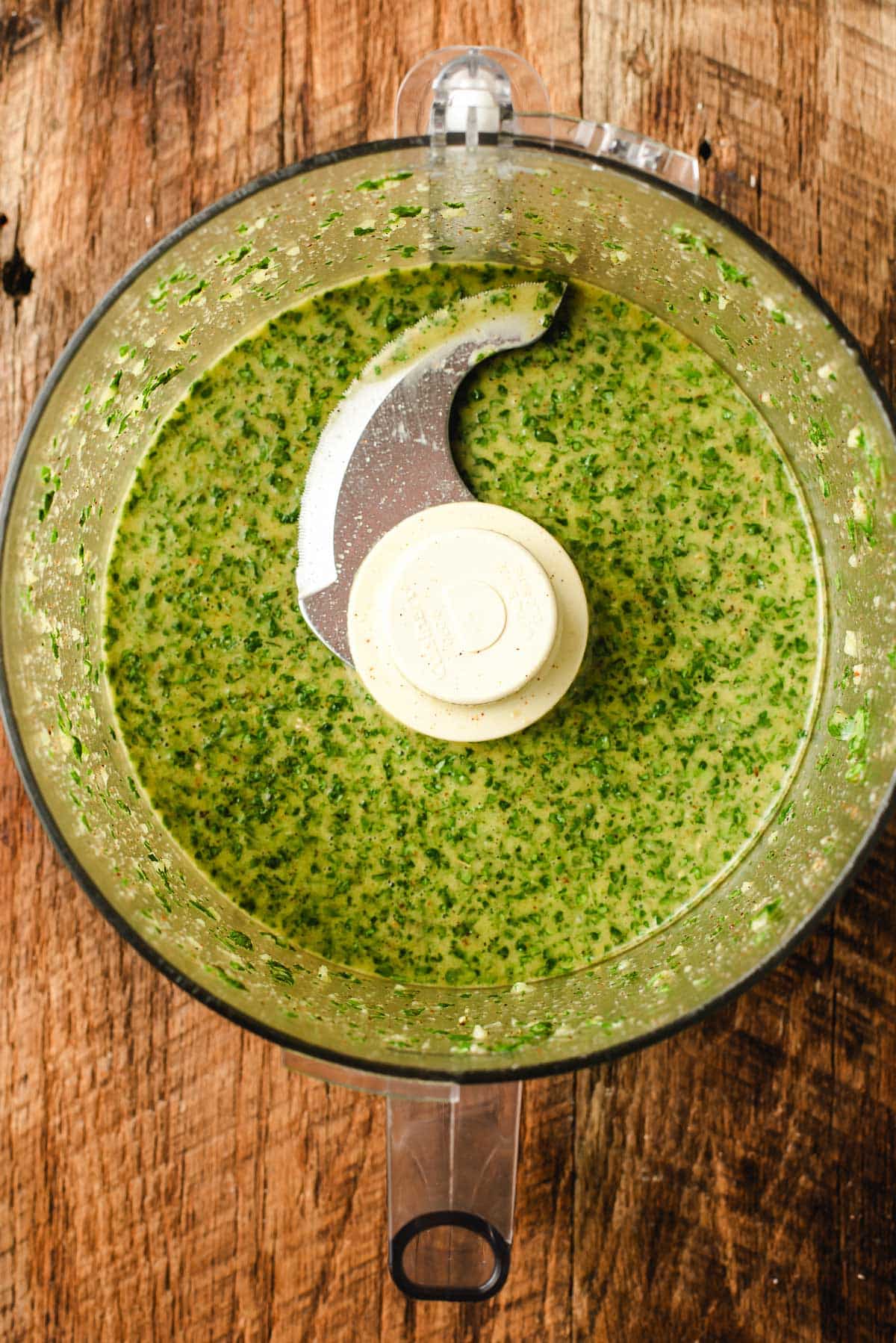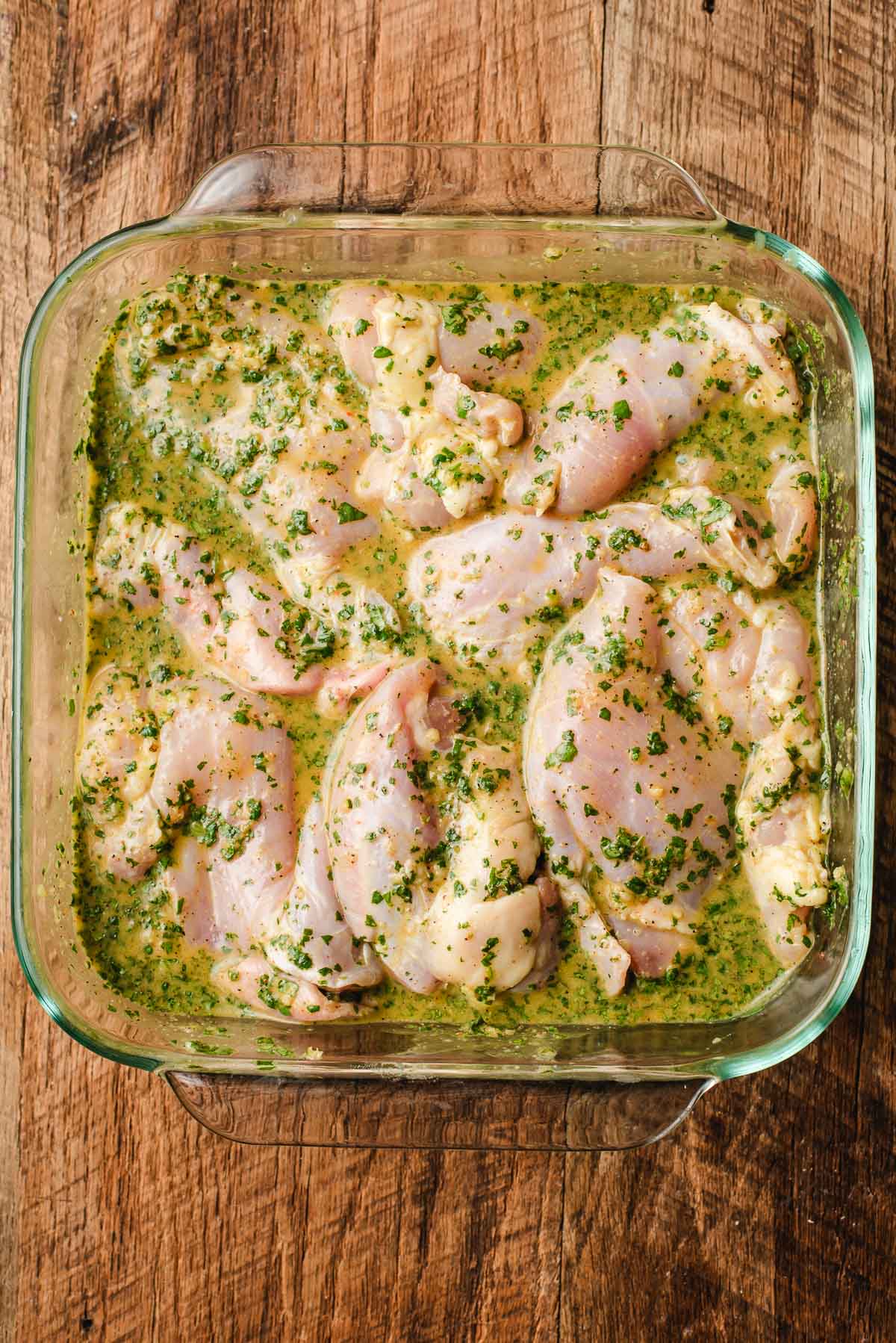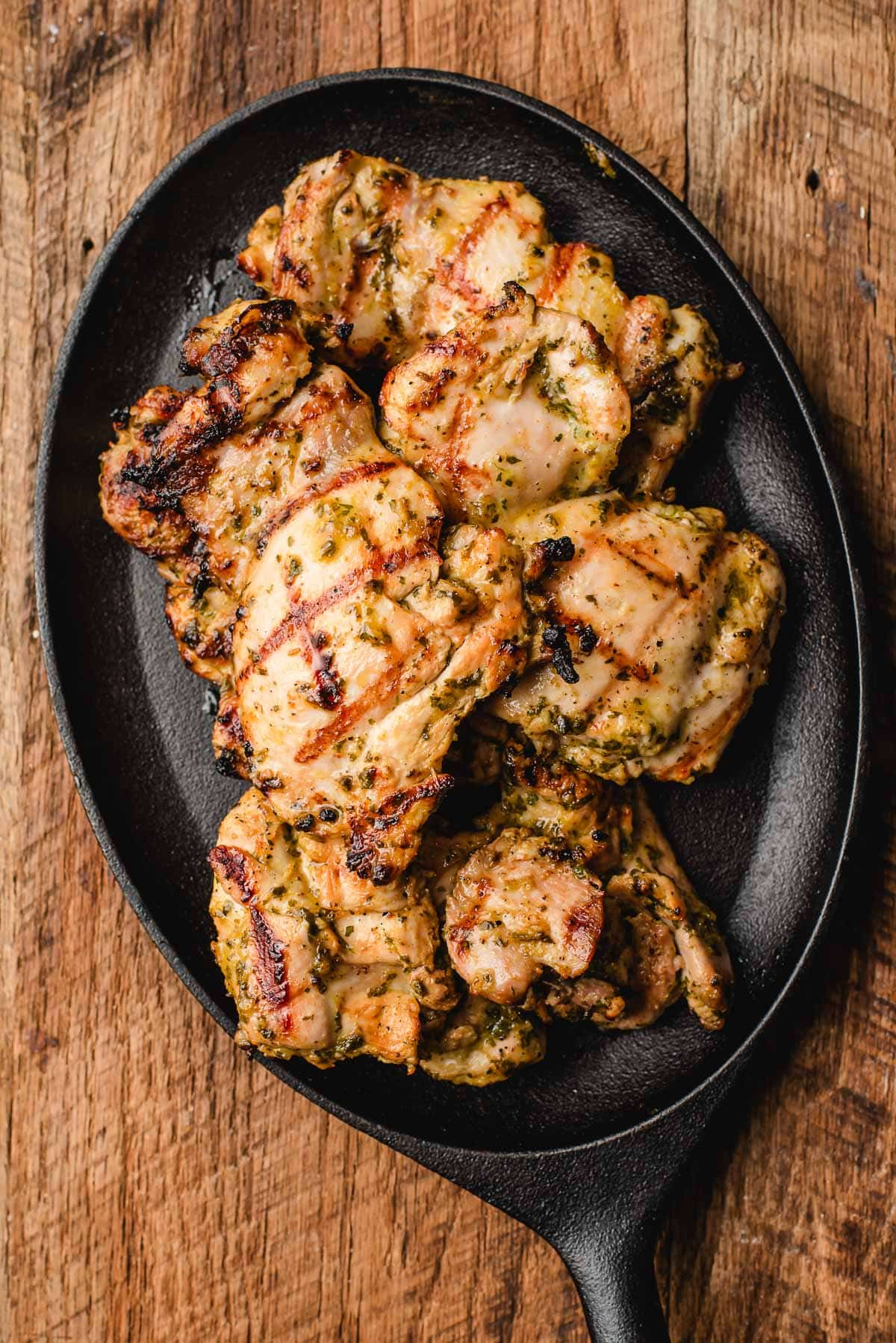How Do Mexican Restaurants Get Their Chicken So Tender? A Detailed Guide
As a food lover and amateur chef, I’ve always been amazed by the incredibly tender, juicy chicken served at Mexican restaurants The chicken is so succulent that it practically falls off the bone I’ve long wondered how they are able to achieve this, so I did some investigating to uncover their secrets.
After researching traditional Mexican cooking techniques, interviewing chefs, and testing recipes, I’ve discovered the keys to recreating that melt-in-your-mouth chicken texture at home. From clever marinades to strategic cooking methods, Mexican cooks have perfected the art of delivering next-level tenderness.
In this detailed guide, I’ll walk through exactly how Mexican restaurants get their chicken so tender and juicy, dish by dish. I’ve included tips, step-by-step instructions, and tasty marinade recipes so you can make Puebla-style chicken tinga, smoky chipotle chicken, and more that rivals your favorite taqueria. Let’s unlock the secrets to incredible Mexican chicken!
The Power of Marination
Marinating is absolutely essential for infusing Mexican chicken with flavor while also tenderizing it. The acidic marinade gently breaks down tough muscle fibers through a process called denaturation. By unraveling protein structures, the meat loosens up and becomes more tender.
Citrus juices are a marinating MVP in Mexican cooking. Limes, lemons, oranges, and pineapple all contain acids that tenderize while injecting bright flavor. Other popular acidic marinade ingredients include:
- Vinegars: White, apple cider, red wine
- Dairy: Yogurt, sour cream, buttermilk
- Beer & wine
- Tomato juice & salsa
Marinating chicken anywhere from 30 minutes to overnight gives the acids time to work their magic. I recommend at least 2-4 hours of marinating for optimal tenderness. The longer the better!
For extra flavor, herbs, chilies, spices, and oil or bacon drippings are often added to citrus-based marinades. Try marinating chicken in a mixture of lime juice, cilantro, jalapeño, and cumin for fajitas. Or orange juice, chipotle peppers, oregano, and olive oil for incredible mole chicken.
Low and Slow Cooking
Cooking chicken low and slow does wonders for tenderness. Gentle, moist heat gives tough collagen and muscle fibers plenty of time to break down. This transforms even the largest chicken cuts into succulent, fall-off-the-bone meat.
Popular Mexican braising and stewing techniques like:
- Chicken tinga – simmered in a rich, tomatoey sauce
- Chicken in mole – braised in the complex chili-chocolate sauce
- Chicken pozole – stewed in an aromatic broth
All utilize moist heat to gradually tenderize the chicken over 1-3 hours. Enzymes are activated that dissolve rigid proteins. With enough cooking time, the meat turns supple and juicy.
Low oven temperatures (275°F – 325°F) also gently roast chicken for peak tenderness. Bake a whole bird or thighs covered in foil or a Dutch oven to trap moisture and prevent drying. The steam tenderizes from the inside out.
For a smoky, shredable filling for tacos and enchiladas, smoked chicken is hard to beat. Use a smoker, grill, or even a chili-rubbed chicken in the oven. Barbecue low and slow renders it succulent.
Knowing Your Cuts
Certain chicken cuts are naturally more tender than others. Mexican restaurants strategically choose cuts that don’t require as much work to tenderize:
- Boneless skinless breasts – Lean, quick-cooking, and versatile
- Boneless thighs – More fat for flavor and moisture
- Legs or thighs – Connective tissue breaks down into gelatin when cooked low
The breasts or tenders are best for quick weeknight fajitas or topping salads. For long-cooked stews and mole, opt for bone-in legs or thighs. And don’t discard the bones and scraps – simmer to make flavorful chicken broth!
Brining for Moisture
A saltwater brine guarantees juicy, seasoned chicken every time. The salt alters protein structures to allow moisture retention. An overnight pre-cook soak in a salty brine leads to noticeably more tender and juicy meat when cooked.
Make a quick brine with:
- 1/4 cup salt per quart of water
- Flavorings like lime juice, chilies, garlic, oregano
This tip works great for oven roasting or grilling chicken. The salt also amps up the flavor! For a Mexican twist, use citrus juices, spices, and herbs in the brine.
Tenderizing Techniques
In addition to marinades and cooking methods, there are a few other tricks Mexican cooks use to amp up tenderness:
-
Velveting – Coating chicken in egg whites and cornstarch before cooking seals in moisture and creates a tender texture when fried or sautéed.
-
Meat tenderizer – Natural enzymes from papaya or pineapple break down proteins. Apply sparingly before cooking for extra tenderness.
-
Buttermilk – The lactic acid tenderizes and adds tangy flavor when soaked or marinated. Ideal for fried or grilled chicken.
-
Pounding – For quick tenderness, gently pounding chicken breasts, cutlets, or fajita meat helps break down fibers.
With the right prep, even large chicken breasts and lean tenderloins turn out incredibly moist and tender. These techniques maximize texture and flavor.
The Perfect Finish – Resting
Never slice into just-cooked chicken! Letting it rest 5-10 minutes allows juices to redistribute so they don’t pour out onto the cutting board. Chicken that rests after cooking retains more moisture for a tender, juicy finished texture.
For steamy fajita chicken or oven-roasted birds, resting is key. Research shows meat retains 9% more juices when rested – making a big difference you can taste.
Putting It All Together
Here are my top tips for putting these techniques together to get supremely tender Mexican chicken:
-
Generously marinate chicken for 2-24 hours in a tangy, flavorful marinade with citrus juice, garlic, cumin, oregano, etc.
-
For stews, mole, and soup, braise bone-in chicken thighs or drumsticks low and slow until fall-apart tender.
-
Roast a whole bird or bone-in parts at 300°F covered in foil or a Dutch oven.
-
For tacos and fajitas, grill or pan-sear pounded boneless breasts and let rest before slicing.
-
Brine chicken before roasting or grilling to guarantee juiciness.
-
Use velveting, tenderizers, and buttermilk to amp up the tenderness factor.
With the right techniques, home cooks can achieve restaurant-quality, succulent Mexican chicken. The key is using marinades and cooking methods that gently dissolve connective tissues while keeping the meat super moist. With flavorful seasonings and a bit of patience, you’ll be enjoying the tenderest enchiladas, tacos, and more. ¡Buen provecho!
Top 10 Secrets Mexican Restaurants Use for Incredibly Tender Chicken
- Marinate with citrus juice, vinegar, beer – acids tenderize
- Braise bone-in chicken thighs low and slow
- Roast whole birds or parts at 300°F covered
- Grill or pan-sear pounded breasts for fajitas
- Brine chicken before roasting or grilling
- Use velveting technique before sautéing or frying
- Apply meat tenderizers sparingly before cooking
- Buttermilk marinades tenderize while adding flavor
- Gently pound chicken breasts, cutlets, and fajita meat
- Let chicken rest before slicing for juicier meat
Flavorful Marinade Ideas
Chipotle Chicken Marinade
- 2 chipotle peppers in adobo
- 1/4 cup orange juice
- 3 cloves garlic
- 1 tsp oregano
- 1/4 cup olive oil
“Tinga” Chicken Marinade
- 1/2 cup tomato juice
- Juice of 2 limes
- 1 tsp cumin
- 1 jalapeño, sliced
- Handful cilantro
Fajita Chicken Marinade
- Juice of 2 limes
- 2 tbsp olive oil
- 3 cloves garlic, crushed
- 1 tsp chili powder
- 1 tsp cumin
- Pinch of oregano
Pollo Asado Marinade
- Juice of 3 oranges
- 3 tbsp achiote paste
- 4 cloves garlic, minced
- 2 tsp dried oregano
- 1/4 cup olive oil
Mole Chicken Marinade
- 6 dried ancho chiles, rehydrated
- 1 cup pineapple juice
- 1 onion, chopped
- 6 cloves garlic
- 2 tsp cumin
- 1 tbsp cocoa powder
With the right preparation and cooking techniques, home cooks can easily achieve insanely tender, flavorful Mexican chicken worthy of any taqueria. From clever marinades to strategic cooking methods, follow these tips to enjoy next-level tacos, enchiladas, soup, and more. You’ll never look at chicken the same way again after tasting how unbelievably moist and tender it can be when given the proper Mexican treatment. ¡Buen provecho!

The Building Blocks of The Best Chicken Marinade
Have you ever found yourself at a Mexican restaurant enjoying a plateful of delicious chicken fajitas and wondered what kind of magic or witchcraft makes it taste so darn good? Well, wonder no more friends. I have discovered the secret and it lies within this Mexican chicken marinade recipe.
If you’re familiar with Chef Samin Nosrat’s cookbook, Salt. Fat. Acid. Heat, or the Netflix special by the same name, you’ll know these four elements are essential for excellent cooking, and that includes a great marinade! These simple elements are the foundation of all of our marinade recipes, including this fantastic Mexican Chicken Marinade.

- Salt– Salt tenderizes chicken by breaking down the proteins and draws moisture (and flavor) from the chicken marinade into the meat so that it permeates the whole chicken cut, not just the surface.
- Fat– Olive oil accompanies the natural fat in the chicken to create that melt-in-your-mouth flavor, adding moisture and tenderness which are crucial (especially when grilling) to prevent the meat from drying out.
- Acid – Citrus juice, like salt, tenderizes meat by helping to break down proteins and fats. Plus, it adds a ton of bright flavor.
- Heat – Grilling uses some intensely high heat to cook your food. It sears the surface of your chicken, creating those nice grill marks and sealing in flavor and moisture. As fats/oils drip off, the flame char-broils the exterior of the meat, while the ambient heat inside the grill cooks the inside of your meat. For those food scientists keeping score at home, that’s conduction, radiation, AND convection all performing a beautiful dance of thermodynamics, and the result is delicious!
All of that to say, this Mexican Chicken Marinade is absolutely banging, and not just because we say so. Science says so, too!
How To Make Mexican Chicken Marinade

Step 1: Make the marinade. Place all of the marinade ingredients into a food processor or blender. Pulse until well combined.

Step 2: Marinate. Place the chicken in a shallow dish or storage bag and pour the marinade over top, flipping the chicken so it’s coated on all sides. Refrigerate for at least 2 hours or up to 24 hours.

Step 3: Grill the chicken. Preheat the grill to medium high heat. Place the chicken directly on the grates and grill for 6-7 minutes a side, or until the internal temperature of the chicken registers 165 degrees.
The Fajita Secrets Used in Mexican Restaurants (an Easy Sizzling Fajitas Recipe at Home!)
FAQ
Why is Mexican chicken so tender?
… Salt tenderizes chicken by breaking down the proteins and draws moisture (and flavor) from the chicken marinade into the meat so that it permeates the whole …Apr 26, 2025
How do you tenderize chicken like a restaurant?
- marinating in a cornstarch/cornflour sludge then deep frying or blanching in water before proceeding to cook in the stir fry.
- egg whites – sometimes the above method is also done using egg whites.
- chemical tenderiser.
How do Mexican restaurants get their meat so tender?
Mexican and Tex-Mex restaurants boil raw ground beef with water and seasonings until cooked through to achieve a super fine texture, and the aforementioned Maid Rite sandwiches (aka Loose Meat Sandwiches, which are NOT Sloppy Joe’s!) use steam to keep the cooked ground beef soft after cooking.
What is the secret to making chicken tender?
Fortunately I have one method that makes unfailingly juicy and tender boneless, skinless chicken breasts. Simply heat the chicken breasts quickly on the stovetop then let them poach from the inside out in their juices in a covered pan.
How do restaurants make chicken tender?
This cooling method helps the meat retain moisture and flavor. Marinating is another technique that restaurants use to create tender chicken. Not only does it add delicious flavor, but it also helps break down the connective tissue in the meat. Some establishments even brine their chicken by soaking it in a saltwater solution before cooking.
How do you tenderize chicken?
With this technique, the chicken is vacuum-sealed in a plastic bag and cooked in a water bath at a precise temperature. This ensures that the meat is cooked evenly and retains its moisture, resulting in incredibly tender meat. Lastly, using a meat mallet can help tenderize tough cuts of meat like chicken breasts.
How do you cook chicken in a restaurant?
Some establishments even brine their chicken by soaking it in a saltwater solution before cooking. Finally, restaurants often employ specialized equipment like sous vide or low-heat slow cooking methods to cook their chicken evenly and retain moisture.
How often do you cook chicken in a restaurant?
Restaurants cook a large quantity of chicken every night. To make their grilled chicken moist and tender, cooks often butterfly the chicken breast, smash it with a meat tenderizer to ensure even thickness, and use various cooking techniques.
How can you tell if chicken is cooked?
Restaurant cooks can tell when chicken is almost done by touching it, with about a minute left. One way to cook chicken at home is to grill it and finish it in the oven. This method ensures that the chicken is not overlooked and provides a more stable and consistent source of heat.
Why do restaurants use air-chilled chicken?
To start, it’s important to understand that restaurants have access to more resources and time when preparing their chicken. They often use high-quality, hormone-free chickens that are air-chilled instead of water-chilled. This cooling method helps the meat retain moisture and flavor.
